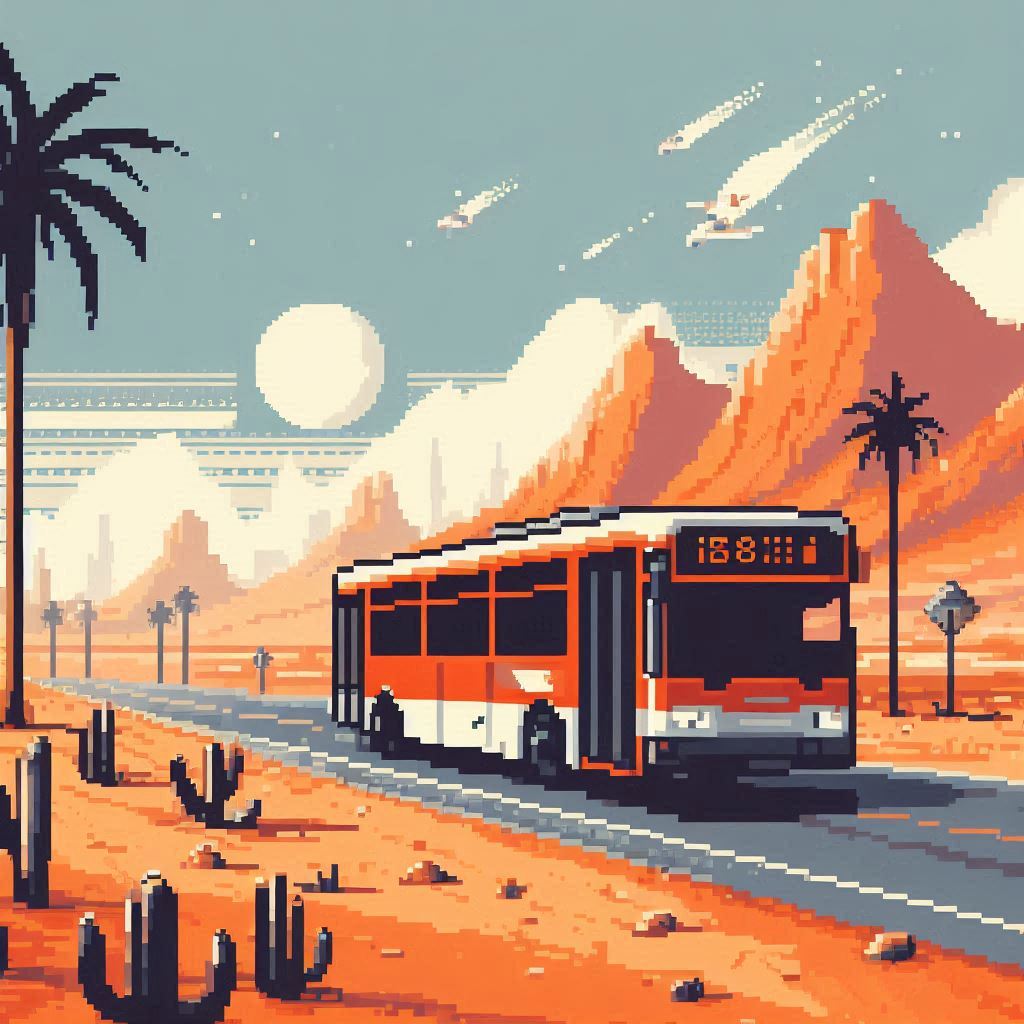Dive into creativity, Substack’s social media features, AI design experiments, and the launch of Windsor Greetings—a fresh take on digital greeting cards.

Hey Friends! Just like that, we’re well into December. Christmas and Hanukkah are next week and 2024 is sprinting to a close! Let’s talk creativity and innovation.
Niche Social Media
If you only read my work in your inbox, and not on the Substack app, you might be surprised to learn that in addition to being a newsletter software, Substack also has a pretty robust social media platform called notes. The best description I’ve come across was found on the platform itself from :
On the platform, you can find all sorts of interesting people engaging in all sorts of interesting conversations. I’ve found the discourse to be much less incendiary than on platforms like Twitter/X or Threads and generally much more considered. It’s not an echo chamber where everyone agrees with each other, but disagreements seem rooted in point of view and explanation instead of clickbaity-troll-like behavior.
Takeaway: if your social media diet consists mostly of content that taps into deep psychological triggers, you might find it refreshing to join a platform where grammar is top of mind.
ChatGPT as Interior Decorator
The CEO and Co-Founder of Substack, , is an avid user of the Notes platform and actually engages with “regular folk” on the platform. As of the time of writing, he has “liked” two things I’ve written. I’ve been on Facebook for nearly 20 years, and Mark Zuckerberg hasn’t even poked me yet (remember poking)?
One of those things he liked is a ChatGPT experiment I participated in and posted about that included the following prompt:
Would you make a picture of what you think my work space looks like?The result?

Since ChatGPT remembers most of what you ask it, that simple prompt is informed by the hundreds or thousands of “conversations” I’ve had with it.
What I like:
That giant Edison bulb
Those window treatments
The warmth of the natural wood
The greenery
Double guitars!
That chalkboard
What I don’t like:
The chair has six legs, and one isn’t attached
I like much more about this than I dislike. If I were redoing my home office, I would definitely use this image as a guide. It is exactly the type of space I could envision working in and drawing inspiration from.
While the image is a bit rough around the edges, it’s a solid starting point for iteration.
Takeaway: We may be entering a new paradigm of computing where the tool itself understands you as a craftsman.
It’s a Feature Not a Bug
Here’s an interesting thought experiment, ask yourself: what if that mistake you made was in fact not a bug, but a feature?
In the early 2000s, the software development company Electronic Communications, was working on an expansive virtual world designed for digital collaboration and creativity with an emphasis on realism—a predecessor to Second Life.
As the virtual world grew, the developers were confronted with a challenge: how should users navigate this expansive space quickly and efficiently? In the real world, travel takes time. Sitting in traffic might be realistic, but it’s far from compelling as a user experience. The team grappled with this tension, knowing that while realism was a core principle, forcing users to endure tedious commutes in a virtual environment would undermine the very creativity and collaboration they were striving to enable.
Instead of making the avatars walk, or get in vehicles to move from point A to point B, they opted for instant teleportation.
This decision was a break from their commitment to realism, but it solved the problems of:
Efficiency: Moving across vast distances felt tedious and time-consuming.
Collaboration: Teams working on projects struggled to gather quickly in a single location.
Creativity: Many users wanted to jump from one creative space to another without interruption.
What they feared being a violation of the rules they’d set for themselves (a commitment to realism), ended up to their users feeling futuristic and loved as a feature that could only exist in a virtual environment. The teleportation feature would later become common place in expansive open world environments like Second Life.
Takeaway: Sometimes breaking self-imposed rules, or introducing “bugs,” leads to innovation—what feels like a mistake might actually be a brilliant feature.
Desert Bus

One of the best tricks Pen and Teller ever pulled has nothing to do with magic. It has to do with video games.
In the mid-90s, violence in video games was a huge talking point. As graphical processing doubled from 8 bits to 16 and then 32, games like Street Fighter and Mortal Kombat featured realistic blood shed that caused much concern among parents and media types.
Sensational headlines warned that video games were brainwashing children and leading them to act violently themselves. Many called for less violent, more realistic games to be made.
In response, the magicians Pen and Teller developed a collection of games for the Sega CD platform to appease the cries… satirically. One of those games was Desert Bus.
Wikipedia describes the game thusly:
In Desert Bus, the player drives a bus along a straight road between Tucson, Arizona, and Las Vegas. There are no other vehicles, and the scenery consists only of dead trees and bushes. The player can open the doors at occasional bus stops, although no passengers will get on. At a top speed of 45 miles per hour and a route length of 360 miles, one ride takes eight hours in real-time. The bus automatically veers to the right, requiring the player to regularly counteract, and the game cannot be paused. Completing a drive between the two cities grants the player one point and the option to turn around and travel the route in the other direction.
Pen and Teller could have written an op-ed to the critics explaining why their ideas were flawed, or stayed out of the conversation altogether. Instead, they took a more creative approach and gave them exactly what they asked for. By holding a mirror up to the critics’ flawed ideas, they exposed the absurdity of their beliefs better than any argument ever could.
Takeaway: Pen and Teller remind us that creativity can be a tool for commentary and change.
Windsor Greetings
Shh… don’t tell anyone, but I’ve been secretly building a digital greeting card app for the past two months. On second thought, tell everyone!
It’s called Windsor Greetings and it is live at windsorgreetings.com.
I’m currently working on an expansive deep dive into the project, similar to my guest post on ’s publication Design with AI: why I built it, how I built it, what I hope to gain by having built it, etc. For now though, I just wanted to let you know it exists.
Sending a digital greeting card is 100% free, and feels 100% awesome. I connected each design to an on demand printing and fulfillment service too, so you can actually purchase a paper copy if you like (though it’s printed in Lithuania, so except for my Lithuanian readership, expect long delivery times). I hope you’ll check it out, brighten someone else’s day, and then let me know what you think.
Takeaway: I hesitated to share this because it doesn’t feel “perfect” yet. But I’ve realized the only way to improve is by getting feedback. So here it is—ready for you to try!
One More Thing
Good things are better when shared. If you liked this, it would mean the world to me if you sent it to someone who might like it too.
I’ll see you in your inbox this Monday for a special collaboration with and then again on Tuesday for two quick hits of inspiration.
Until next time,
-Mike